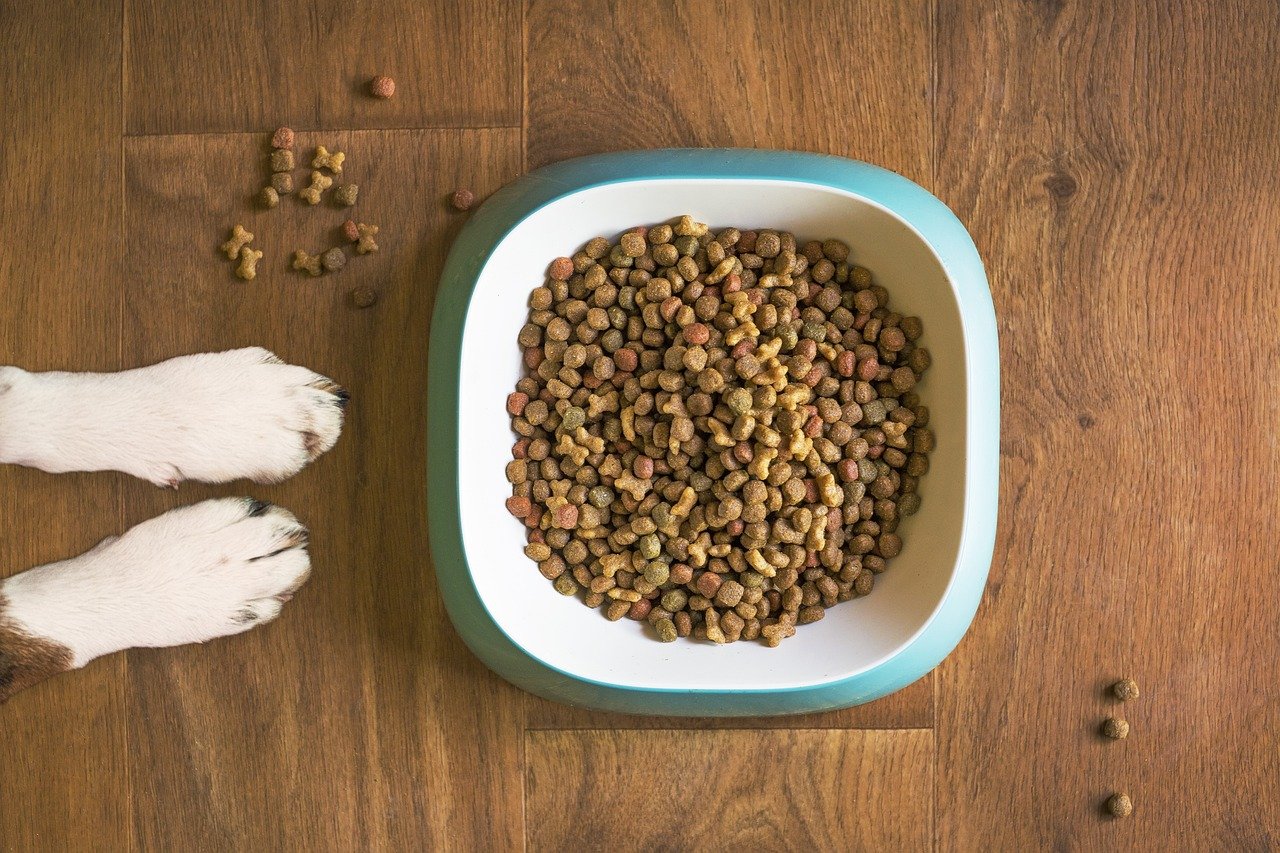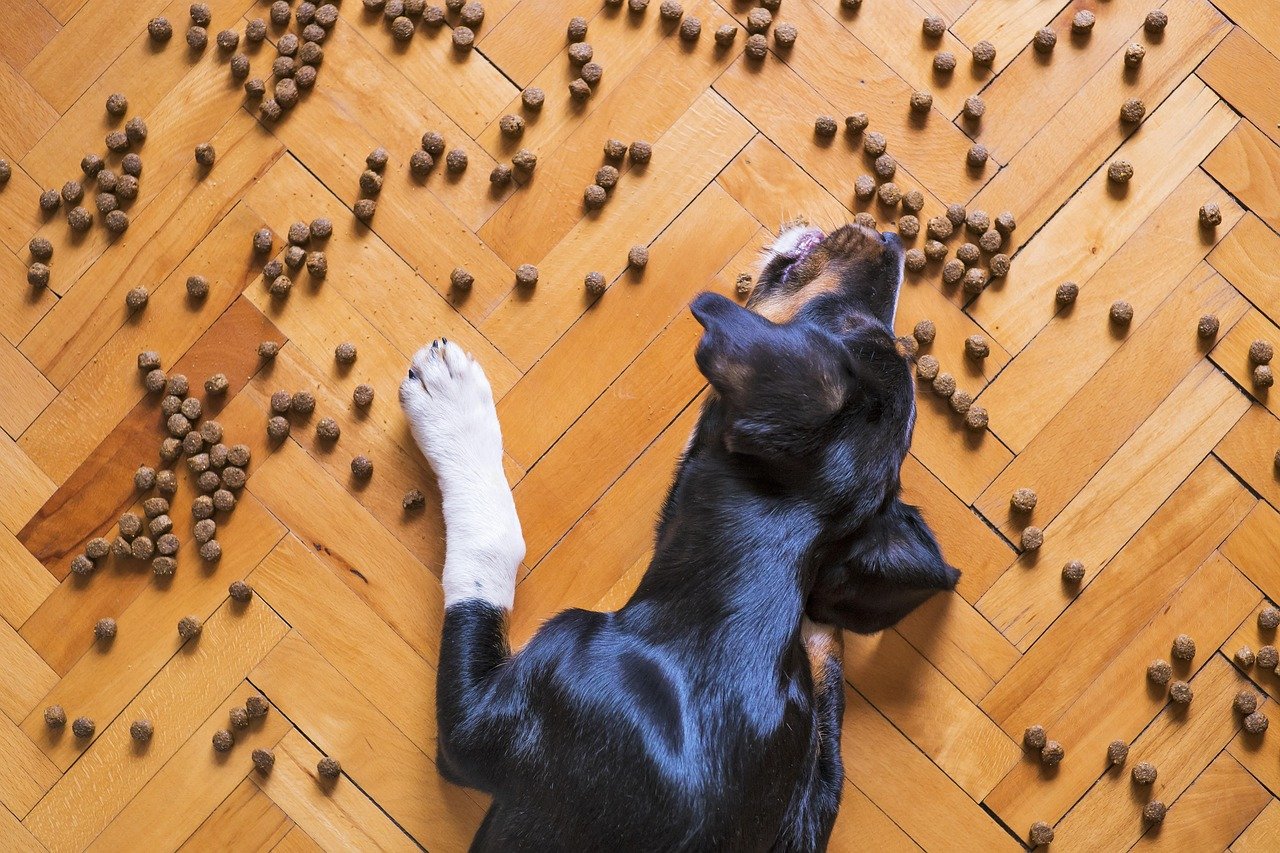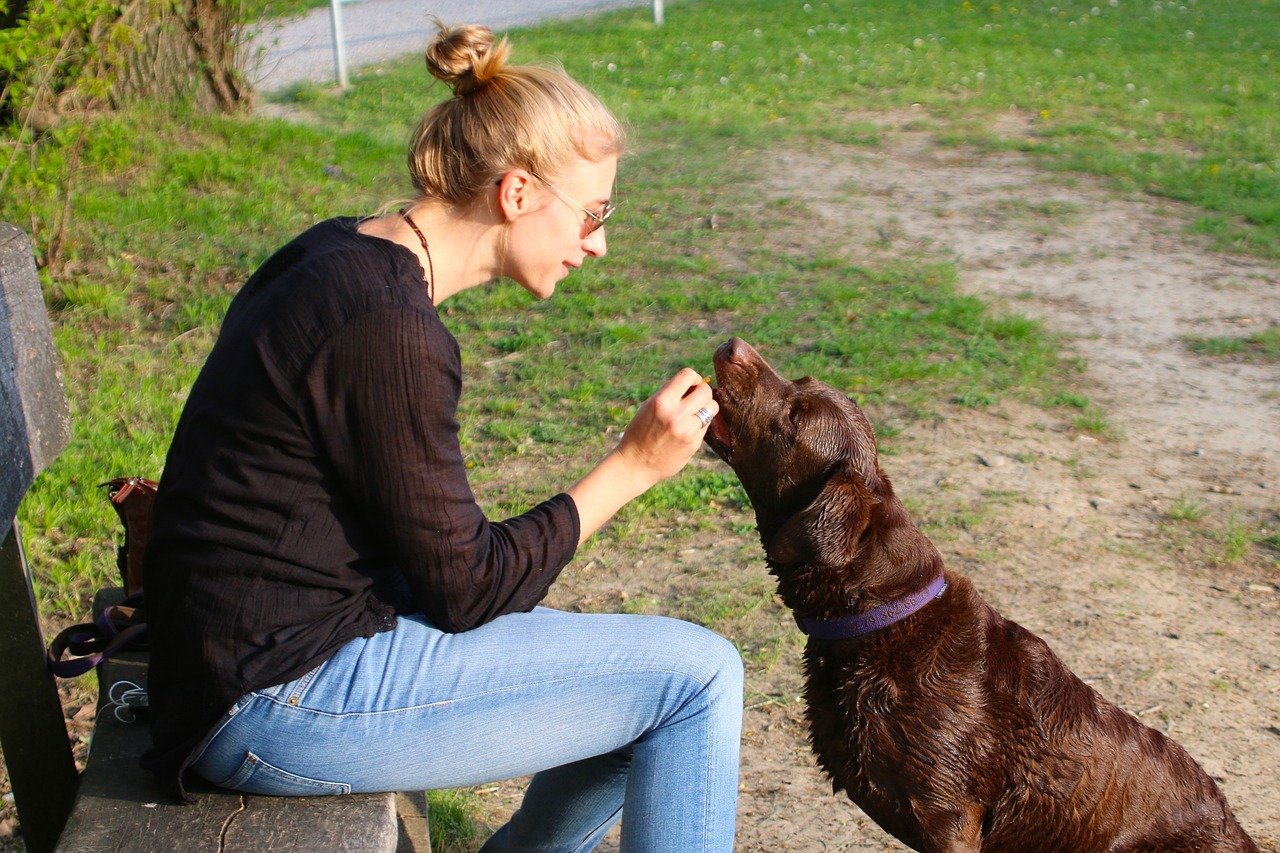Are Traditional Food Bowls Boring Your Dog?
Imagine eating the same meal, in the same way, every single day—no excitement, no challenge, just the same old routine. For many dogs, that’s exactly what mealtime feels like. The classic food bowl, while convenient for us, can actually strip away joy and mental stimulation from our furry friends. Dogs are wired for curiosity, sniffing, and problem-solving. When we pour kibble into a bowl and set it down, we miss a golden opportunity to make their lives richer and more joyful. Isn’t it time we ask ourselves: is there a better way to feed our dogs?
The Science Behind Enrichment Feeding

Recent research in animal behavior shows that mental stimulation is just as important for dogs as physical exercise. When dogs use their noses, paws, and brains to find food, it taps into their natural instincts. Enrichment feeding, sometimes called “foraging” or “puzzle feeding,” encourages dogs to work for their meals. This method is not only fun for them, but it actually strengthens their cognitive abilities. Studies have found that dogs offered enrichment feeding display less stress, reduced boredom, and fewer behavior problems. It’s a simple shift with big benefits for your dog’s mental health.
Natural Instincts: Why Dogs Need to Forage

Long before domestication, dogs’ ancestors spent most of their time searching for food. Hunting, sniffing, and problem-solving were crucial for survival. Modern dogs still carry these instincts, even if they’ve traded forests for living rooms. When we use a food bowl, we deny them the chance to express these natural behaviors. Enrichment feeding brings back the thrill of the hunt in a safe and controlled way. Watching your dog sniff, paw, and nudge for their dinner is not only adorable—it’s deeply satisfying for their inner wolf.
Benefits Beyond the Belly: Reducing Anxiety and Boredom
One of the most surprising advantages of enrichment feeding is its impact on emotional well-being. Dogs left alone for hours can develop anxiety or destructive habits simply out of boredom. When meals become a mental workout, dogs are more likely to feel relaxed and content. The act of seeking food occupies their minds and bodies, making them less likely to chew shoes or bark endlessly. Think of enrichment feeding as a daily dose of joy and calm for your beloved pet.
How to Get Started: Simple Enrichment Feeding Ideas
You don’t need to buy fancy gadgets to begin. Start with easy options like scattering kibble in the grass or hiding treats around the house. Muffin tins, empty cardboard boxes, or rolled-up towels can become treasure hunts for your dog. For a slightly bigger challenge, try puzzle feeders or snuffle mats, which encourage dogs to sniff and dig for their food. The key is to make mealtime a little more interesting and a lot more fun. You’ll be amazed at your dog’s enthusiasm!
Choosing the Right Tools: Puzzles, Mats, and DIY Options
There’s a whole world of enrichment tools out there, from basic to advanced. Puzzle toys with sliding doors or spinning parts challenge your dog’s problem-solving skills. Snuffle mats mimic grass and let your dog root around for bits of kibble. Even a simple water bottle with holes punched in it becomes a treat dispenser with a bit of creativity. Each dog has their own preferences—some love digging, others enjoy rolling or tossing. Experiment to find what excites your dog most and watch their confidence grow with every meal.
Enrichment Feeding for Every Age and Breed

No matter your dog’s age or breed, enrichment feeding can be tailored to their needs. Puppies learn valuable skills and burn off extra energy, while senior dogs keep their minds sharp and joints moving. High-energy breeds like Border Collies and Huskies especially benefit from the challenge, but even couch-potato pups will perk up at the chance to play for their food. Adjust the difficulty level as needed—older dogs may prefer slower, gentler options, while youngsters thrive on more complex puzzles.
Building a Stronger Bond Through Enriched Mealtime

Sharing enrichment activities can strengthen the connection between you and your dog. When you hide treats or set up a puzzle, you’re not just feeding your pet—you’re playing together, communicating, and showing love in a new way. Dogs quickly learn that you’re the source of fun and excitement, deepening their trust and affection for you. Over time, these shared experiences become treasured routines, turning ordinary mealtimes into moments of joy and togetherness.





